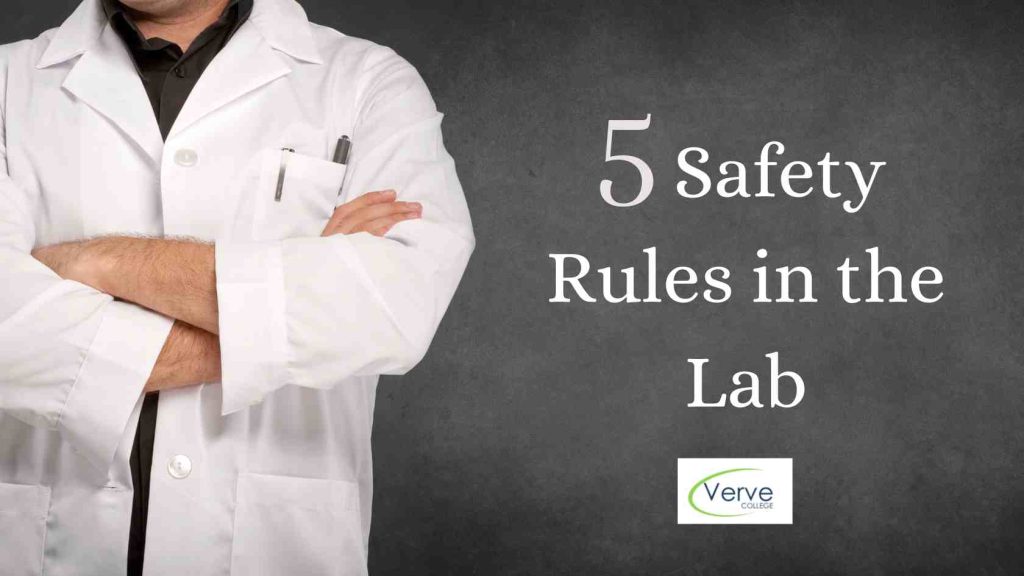- Oak Brook:(630) 705-9999
- Chicago:(312) 920-8822
- Email:inquiry@vervecollege.edu
- Make a Payment
- Home
- Programs
- Admission
- Resources
- ATI Entrance Exam Resources
- New E-Digital Library
- Refer a Friend
- School Newsletter
- Events
- Employers
- Job-Network
- Alpha Beta Kappa Candidates
- Verve College Library
- Graduation and Pinning Ceremony Photo Galleries
- Textbook Information
- Career Services
- Tutoring
- School Catalog
- FAQ
- Constitution Day Program
- Alumni
- Verve College Plans
- Financial Aid
- HEERF Reporting
- Satisfactory Academic Progress
- Apply For Financial Aid
- Net Price Calculator
- Return of Title IV Funds (R2T4)
- Financial Aid Office Code of Conduct
- Contact
- FAQs
- Verification Policy
- Vaccination Policy
- Student Right-to-Know Act
- Misrepresentation
- Information Security Program
- Academic Award Year
- Availability of Employee
- Cost of Attendance
- Health & Safety Exemption Requirement
- Students Rights and Responsibilities
- Leave of Absence
- Pell Formula
- Military Students
- Grants/ Scholarship Policy
- Contact Us
- Testimonials
- Blog
Is a Nursing Career Right For You?
Take The Free Quiz
Follow These 5 Safety Rules in the Lab
Follow These 5 Safety Rules in the Lab
Are you prepared to work in a lab? Try our lab safety simulation and find out!
You must follow a few important safety rules in the lab to stay healthy and safe while working in a laboratory The best nursing colleges in Illinois to make a nursing career successful (community college) are also here where you can get more info about safety rules in the lab. To get the basics, review the 5 safety rules in the lab followed by practical nurses.
5 Safety Rules in the Lab
1.Dress for the occasion
- Be sure to wear a lab jacket before entering the laboratory. Always wear the coat with sleeves rolled up.
- Closed shoes are best. Wear closed shoes.
- It is essential to wear long pants since shorts and skirts can expose your skin to harmful chemicals.
- When working, avoid loose sleeves.
- Tie back long hair. Loose hair can catch fire when using a Bunsen heater.
2. Keep a Tidy Lab
- A fume hood protects against hazardous fumes. You can test if it is working by sticking a piece of paper in the hood. The sash should be down. There will usually be a mark on the sash that indicates how high you can raise it without compromising airflow.
- Chemicals should be stored in cabinets and not on the floor.
- Ensure that all exits to the emergency room are free. Two should be in the laboratory.
Related:- All About NCLEX Lab Values
3. Learn Your Lab Safety Symbols
Two types of hazard symbols are commonly used in the laboratory: the GHS symbols and the Fire Diamond.
Below is a labpad with a list of GHS symbols and their meanings.
The Fire Diamond illustrates the hazards associated with hazardous materials. The Fire Diamond has four squares of different colors. Each square (except for the white square) contains a number between 0 and 4, with 4 being the most dangerous. Yellow indicates reactivity, while red indicates flammability in long-term care facilities. The white square is a warning of a specific hazard.
Chemical Spills Should Be Handled Properly
- Try to stay calm if you accidentally spill a dangerous chemical. You need to alert everyone immediately that something was spilled.
- Do not touch, smell, or interact in any way with the chemical until you have a full understanding of what you’re dealing with.
- If you spill large amounts, evacuate the laboratory and contact the emergency services.
- Remove the clothing that you have spilled on and wash your skin.
4.Safety Equipment for Laboratories
- The blanket is made from non-flammable fibers. Use it to cover yourself in the event of a large fire or small fire. Wrapping a person in a blanket can cause a chimney effect and burns to the face and body in health care facilities. They should instead roll on the ground to try and put out the flames or step underneath a safety shower nearby if one is available.
- First aid kit: It contains bandages, disinfectants, and other items that can be used for minor injuries such as cuts.
These are the 5 safety rules in the lab. You’ll want to clean the lab before you leave it thoroughly. This will ensure that it is safe and ready to be used again. Be sure to clean any used safety glasses ware and return reagents to their storage area. Please get rid of all rubbish by placing it in the proper boxes. You can also visit LPN schools near me (nursing schools for LPN programs)) which has pro-clinical or evening classes for better understanding.
Want to Make a Career in Nursing? Get More Information About Our Courses!
Wash your hands regularly to avoid bringing any chemicals home with you. It is especially important if you plan to eat afterward – imagine what would happen if hazardous chemicals were transferred to the food you ate!
 Sign up
Sign up Login
Login




